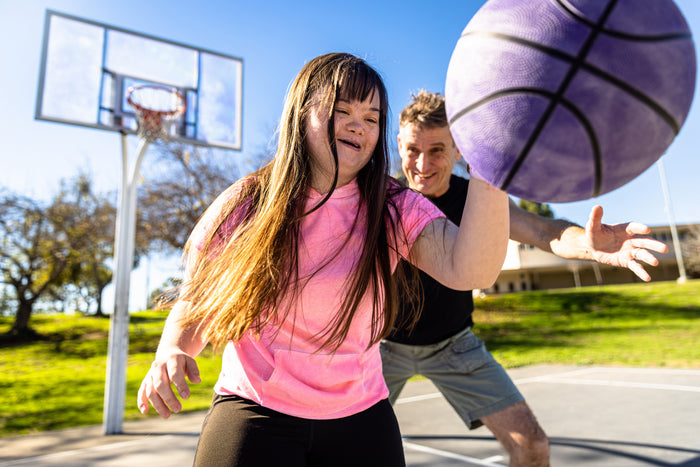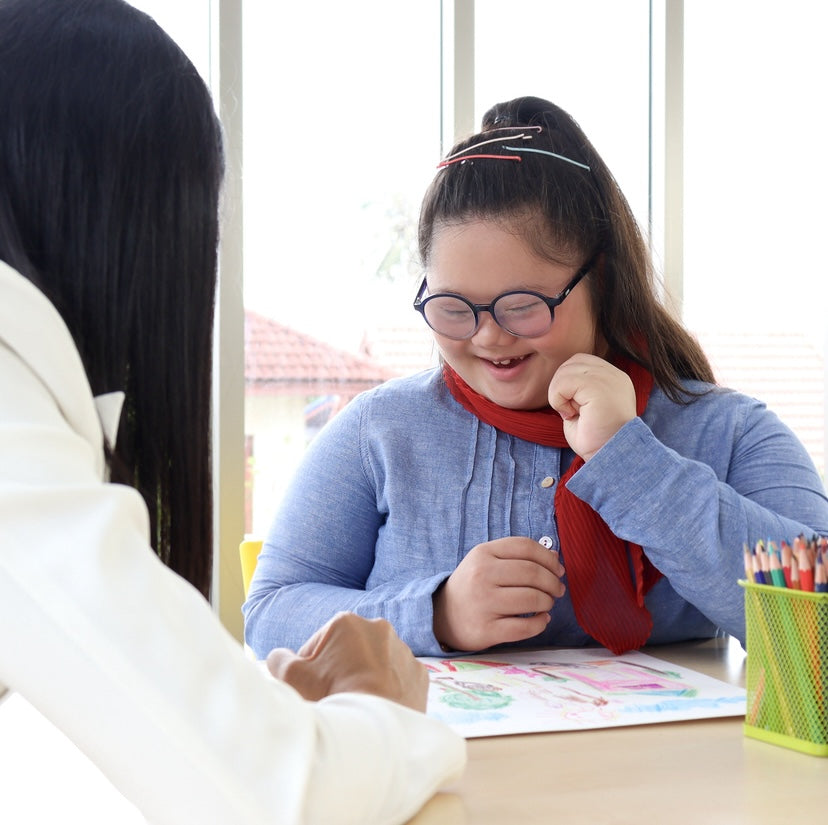MapHabit study shows that visual mapping assistive technology can help individuals with dementia and their care partners successfully complete activities of daily living (ADLs) and enhance quality of life.
Source
MapHabit
Published Date
March 2020
Authors
Law, S; White, K; Golden, M; Zola, S
Abstract
NIH Caregiving Summit-March 2020 | In this peer reviewed study, we were able to show that visual mapping is a preferred method among health care professionals.
OVERVIEW: In providing information to memory-impaired individuals, a standard practice has been to use paragraphs of descriptive text. We asked whether pictorial approaches (visual maps) might be more helpful.
METHOD: 380 healthcare professionals were shown two ways of providing information to memory-impaired individuals: A series of text paragraphs describing a planned visit to the movies, and the same episode depicted using a vertical series of pictures.
CONCLUSION: Visual maps were viewed as more effective by most healthcare professionals.










